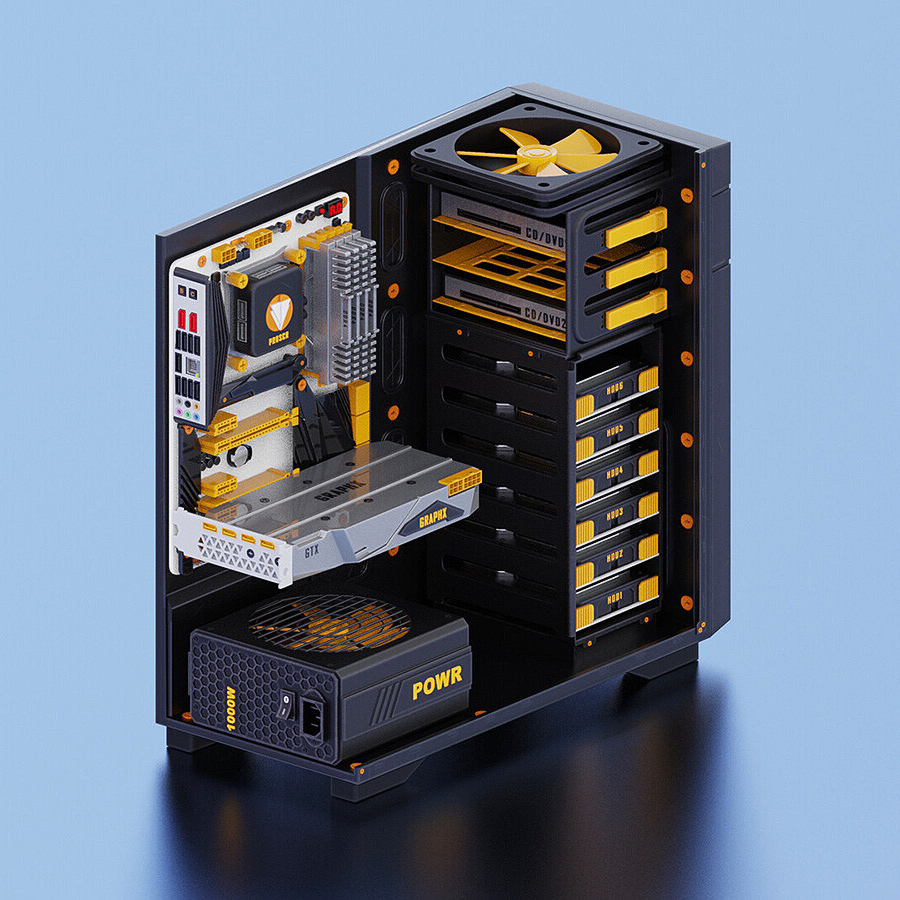

While I get leaning towards AMD products, I’ve been doing so as well, when I built my first server with a Ryzen 5 2400GE I have found that there just isn’t as much resources/support for enabling transcoding with the vega 11 in Jellyfin or Immich. Most Intel iGPU’s have a hardware chip specifically tuned for transcoding called quicksync that you should strongly consider.
Especially in the $100-200 price range tiny mini micro’s from HP/Lenovo/Dell are widely available and offer lots of capability in a power-efficient (~10-15w idle, 40-50w full load) and easily maintainable form factor. The Lenovo’s in particular are interesting due to a few models having full pci-e slots if you decide later you want a GPU.
Lenovo pci-e
Finally for software I would suggest looking into Cosmos Cloud, I use it and have found it made it so much easier to setup and manage all my docker containers and domain name/reverse proxy settings.









In terms of the tinyminimicro’s I think i5-6500T 7500T or 8500T (T signifies 35w TDP) could all fit your price point depending on RAM/SSD specs. I haven’t done much research on the n100 processors but I think they are broadly comparable to the above i5’s